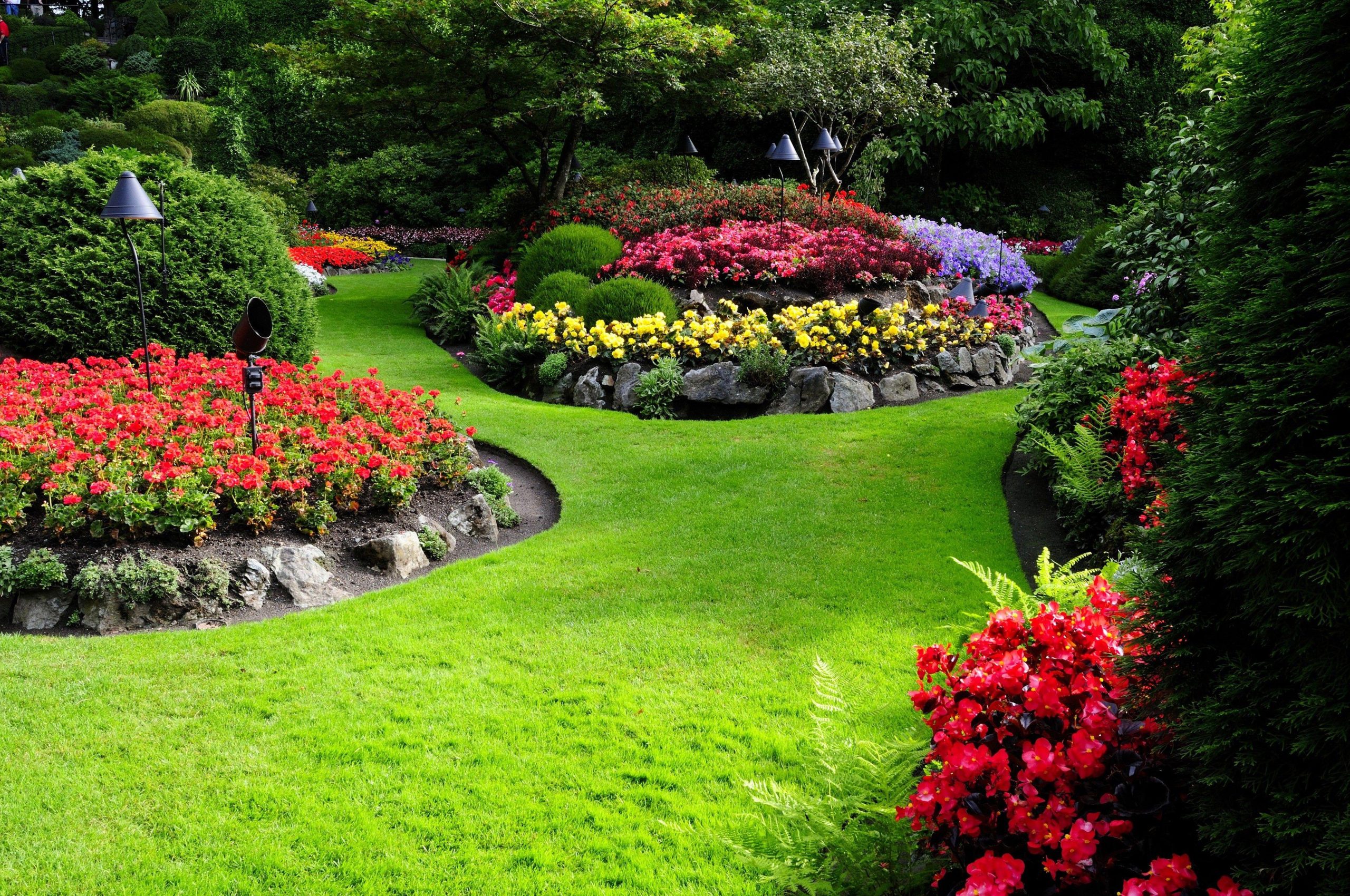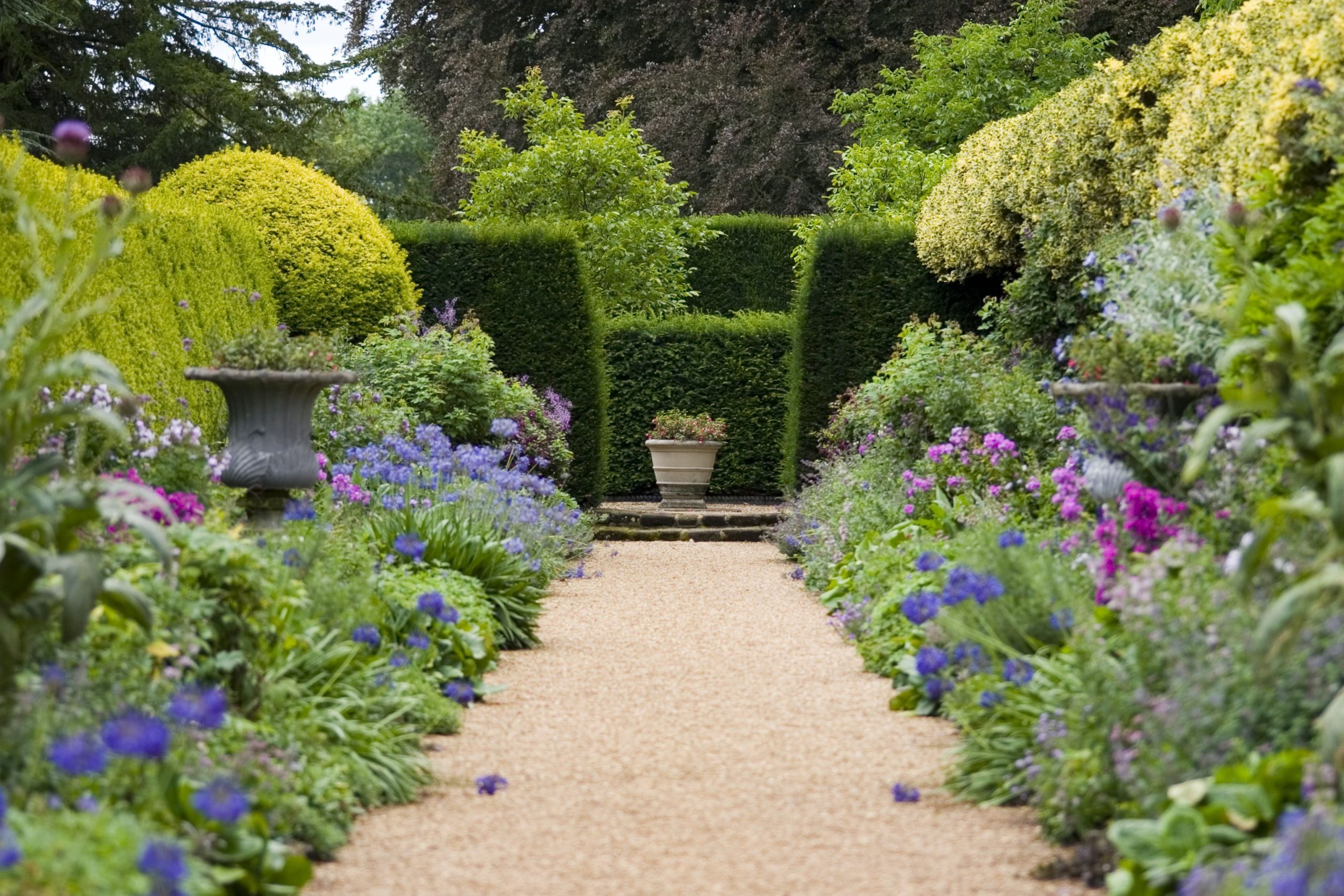Flower gardening is a delightful and rewarding hobby that brings beauty, color, and a sense of tranquility to any outdoor space. For beginners, starting a flower garden can be both exciting and a bit overwhelming. Choosing the right plants is crucial to ensure a successful and enjoyable gardening experience. This guide will help you understand the basics of flower gardening, from selecting the right plants to caring for your garden, so you can create a stunning and vibrant flower garden.
Why Start a Flower Garden?
There are many reasons to start a flower garden, including:
1. Aesthetic Appeal: Flower gardens add beauty and charm to your outdoor space, creating a visually pleasing environment.
2. Mental Well-being: Gardening is a relaxing activity that reduces stress and promotes mental health.
3. Biodiversity: Flowers attract pollinators like bees, butterflies, and birds, enhancing the ecological health of your garden.
4. Creative Expression: Designing and arranging a flower garden allows you to express your creativity and personal style.
Assessing Your Garden Space
Before choosing plants, it’s important to evaluate your garden space. Consider the following factors:
1. Sunlight
Different flowers have varying sunlight requirements. Observe your garden to determine how much sunlight it receives throughout the day. Generally, gardens can be classified into:
– Full Sun: Receives at least 6-8 hours of direct sunlight per day.
– Partial Sun/Partial Shade: Receives 3-6 hours of direct sunlight per day.
– Full Shade: Receives less than 3 hours of direct sunlight per day.
2. Soil Type
Healthy soil is vital for plant growth. Test your soil to determine its texture and pH. Most flowers prefer well-drained soil with a pH of 6.0 to 7.0. You can amend your soil with compost or organic matter to improve its structure and fertility.
3. Climate
Consider your local climate and growing zone when selecting plants. Some flowers thrive in warm climates, while others prefer cooler conditions. Understanding your climate will help you choose plants that are more likely to succeed in your garden.
4. Space Availability
Evaluate the size of your garden space. This will help you decide how many plants to grow and how to arrange them. If you have limited space, consider container gardening or vertical gardening techniques.
Choosing the Right Plants
Selecting the right plants is essential for a successful flower garden. Here are some beginner-friendly flowers that are easy to grow and maintain:
1. Marigolds
Marigolds are bright, cheerful flowers that thrive in full sun and are known for their pest-repellent properties. They come in various colors, including yellow, orange, and red, and bloom from spring to fall.
2. Zinnias
Zinnias are vibrant, long-blooming flowers that attract butterflies. They prefer full sun and well-drained soil. Zinnias are available in a wide range of colors and sizes, making them versatile for any garden.
3. Pansies
Pansies are cool-weather flowers that bloom in early spring and fall. They come in an array of colors and patterns and prefer partial to full sun. Pansies are ideal for containers, borders, and window boxes.
4. Sunflowers
Sunflowers are tall, striking flowers that love full sun and well-drained soil. They are easy to grow from seeds and make a bold statement in any garden. Sunflowers also attract birds and pollinators.
5. Petunias
Petunias are popular annual flowers that bloom profusely from spring to frost. They prefer full sun and well-drained soil. Petunias are available in many colors and are perfect for hanging baskets, containers, and garden beds.
6. Daffodils
Daffodils are hardy, spring-blooming bulbs that thrive in full sun to partial shade. They are low-maintenance and come in shades of yellow, white, and orange. Daffodils are great for naturalizing in garden borders and under trees.
7. Lavender
Lavender is a fragrant, drought-tolerant perennial that prefers full sun and well-drained soil. It produces beautiful purple flowers and attracts pollinators. Lavender is perfect for garden borders, herb gardens, and containers.
8. Geraniums
Geraniums are versatile, easy-to-grow flowers that thrive in full sun to partial shade. They come in a variety of colors and are suitable for garden beds, containers, and hanging baskets. Geraniums bloom from spring to fall.
9. Cosmos
Cosmos are delicate, daisy-like flowers that prefer full sun and well-drained soil. They are easy to grow from seeds and bloom from summer to fall. Cosmos attract butterflies and make excellent cut flowers.
10. Begonias
Begonias are shade-loving flowers that bloom continuously from spring to frost. They come in various colors and are ideal for containers, hanging baskets, and shaded garden areas. Begonias are low-maintenance and versatile.
Planting Your Flower Garden
Once you have chosen your plants, it’s time to start planting. Follow these steps for a successful planting process:
1. Prepare the Soil
Prepare your garden bed by removing weeds, rocks, and debris. Loosen the soil to a depth of 12-15 inches and mix in organic matter such as compost or aged manure to improve soil fertility and drainage.
2. Planting Flowers
Follow the specific planting instructions for each type of flower. In general, dig a hole slightly larger than the root ball, place the plant in the hole, and fill in with soil. Water thoroughly after planting to help the plants establish their roots.
3. Spacing
Proper spacing is crucial for healthy plant growth and airflow. Follow the recommended spacing guidelines for each flower to prevent overcrowding and reduce the risk of disease.
4. Mulching
Apply a layer of mulch around your plants to help retain soil moisture, suppress weeds, and regulate soil temperature. Organic mulch such as wood chips, straw, or shredded leaves works well.
Caring for Your Flower Garden
Regular maintenance is essential to keep your flower garden healthy and thriving. Here are some key tasks:
1. Watering
Water your garden regularly, especially during dry periods. Most flowers prefer consistent moisture but avoid overwatering, which can lead to root rot. Water early in the morning to allow foliage to dry before evening.
2. Fertilizing
Feed your plants with a balanced, slow-release fertilizer or organic compost to promote healthy growth and abundant blooms. Follow the recommended application rates and timing for each type of flower.
3. Deadheading
Remove spent flowers (deadheading) to encourage continuous blooming and prevent plants from setting seed. Use clean, sharp scissors or pruning shears to cut off the faded blooms.
4. Pruning
Prune your plants as needed to maintain their shape, remove dead or damaged growth, and promote air circulation. Regular pruning helps prevent disease and encourages vigorous growth.
5. Pest and Disease Control
Monitor your garden regularly for signs of pests and diseases. Use organic pest control methods such as hand-picking insects, using insecticidal soaps, or introducing beneficial insects. Practice good garden hygiene by removing diseased plants and debris promptly.
6. Support Structures
Provide support for tall or vining plants to prevent them from falling over. Use stakes, trellises, or cages to keep plants upright and ensure proper growth.
Seasonal Care
Adjust your gardening practices to suit the changing seasons:
Spring
– Start planting cool-season flowers like pansies, daffodils, and snapdragons.
– Prepare garden beds and amend soil with compost.
– Begin sowing seeds indoors for warm-season flowers.
Summer
– Plant warm-season flowers like marigolds, zinnias, and sunflowers.
– Water regularly and deeply to keep plants hydrated.
– Mulch garden beds to retain moisture and suppress weeds.
Fall
– Plant cool-season flowers for fall color, such as chrysanthemums and asters.
– Clean up garden beds and remove spent plants.
– Mulch perennials to protect roots from winter cold.
Winter
– Plan your garden for the next growing season.
– Start seeds indoors for early spring planting.
– Protect tender plants from frost with row covers or cloches.
Starting a flower garden is a rewarding experience that brings beauty, joy, and a sense of accomplishment. By understanding the basics of flower gardening and choosing the right plants, you can create a vibrant and thriving garden. Remember to assess your garden space, select beginner-friendly flowers, and provide regular care and maintenance. With patience and dedication, your flower garden will flourish, providing you with stunning blooms and a peaceful retreat. Happy gardening!




